Cleveland Fed President Loretta Mester indicated her support for another rate hike, albeit with flexibility on its exact timing. “It doesn’t necessarily have to be September, but I think this year,” she commented on Saturday.
Mester’s focus was clear: Fed needs to bring inflation down to 2% target by the end of 2025. “The longer we let inflation remain above 2%, we’re building in a higher and higher price level,” she stressed, adding, “that’s why timely matters to me.”
Mester acknowledged that her stance in June favored rate cuts in the latter half of 2024. However, this could be subject to revision at the upcoming September rate-setting meeting, in light of the current inflation dynamics.
“I’m going to have to reassess that because, again, it’s going to be, how quickly do you think inflation is moving down?” she mused. “I do not want to be in a position of prematurely loosening policy.”




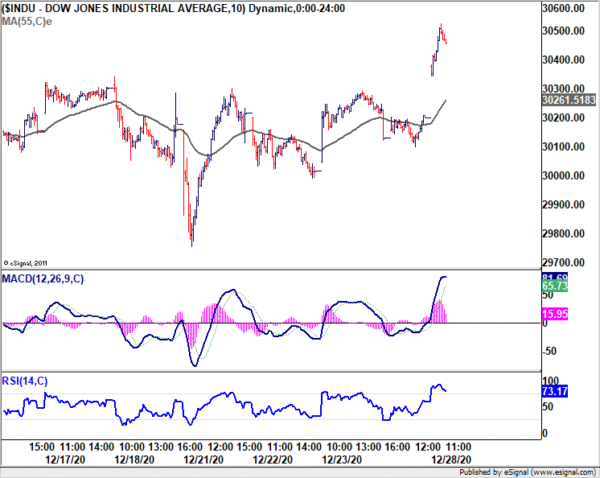
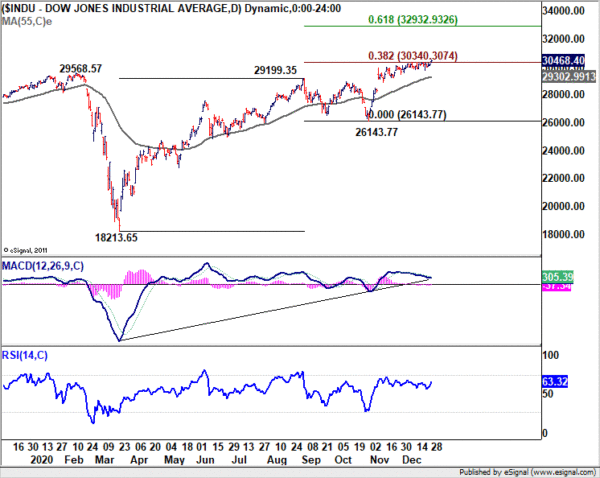
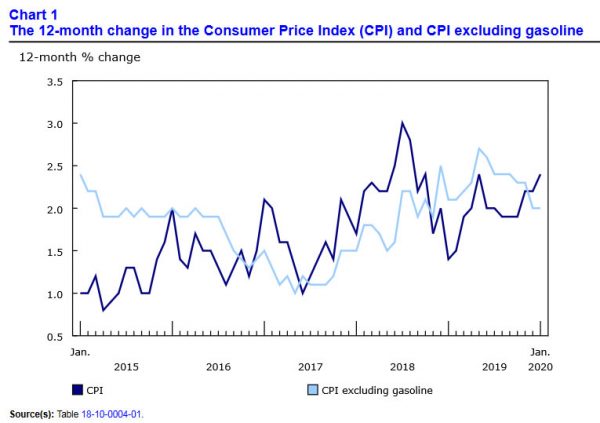
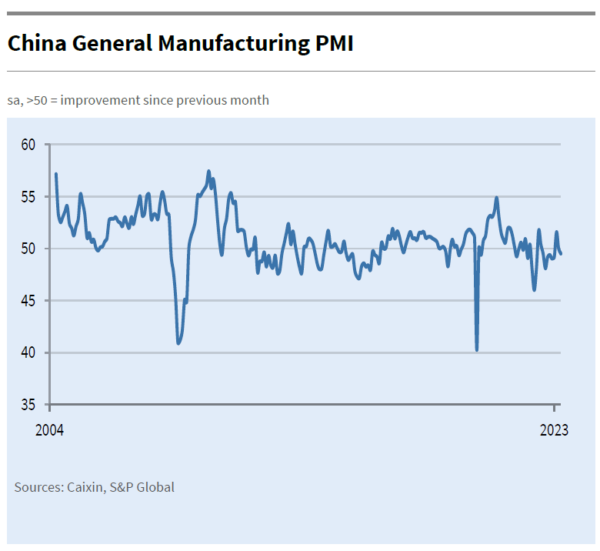
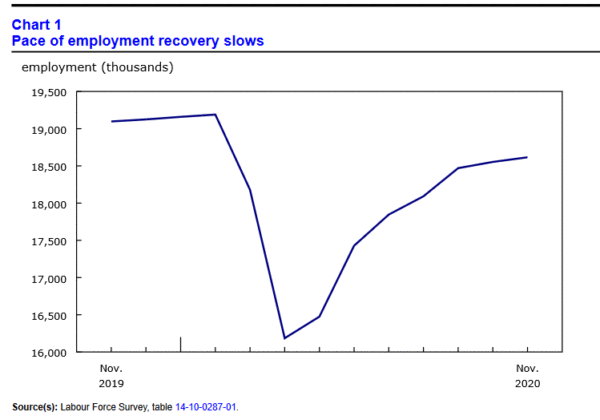
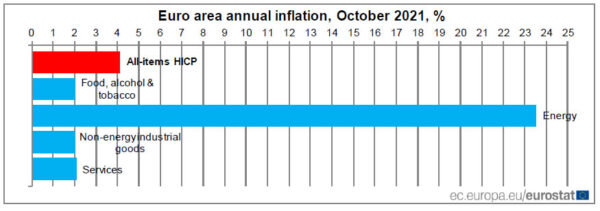
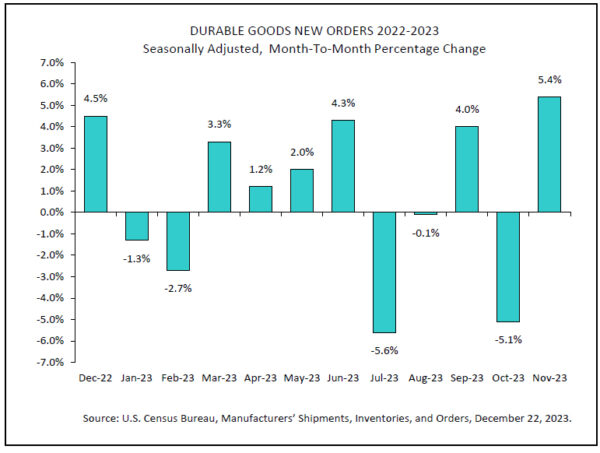
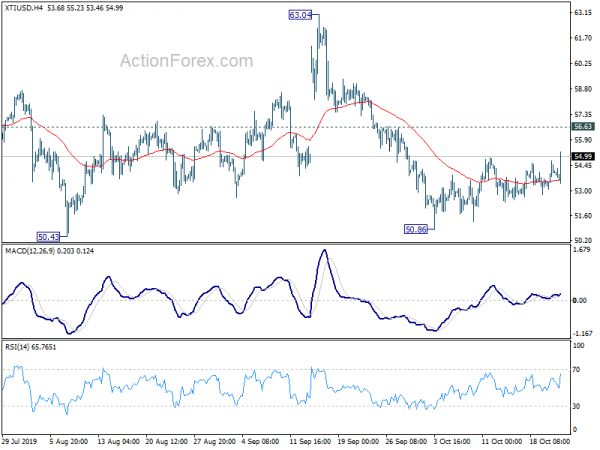
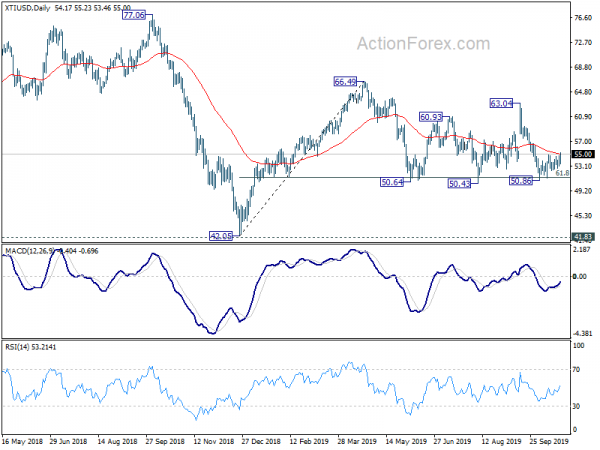

Australian manufacturing PMI dropped to 58.3, expansion to continue into 2019
Australia AiG Performance of Manufacturing index dropped to 58.3, seasonally adjusted, in October, down from 59.0. The Australian Industry Group noted in the release that the PMI now indicated twenty-five months of uninterrupted recovery and expansion, “longest run of recovery or expansion in this data series since 2005”. The broad based expansion was led by the wood and paper and the food & beverages sectors. And, the details suggested that manufacturing will “continue to expand for the rest of 2018 and into 2019.”
Full release here.
Also from Australia, trade surplus widened to AUD 3.02B in September.